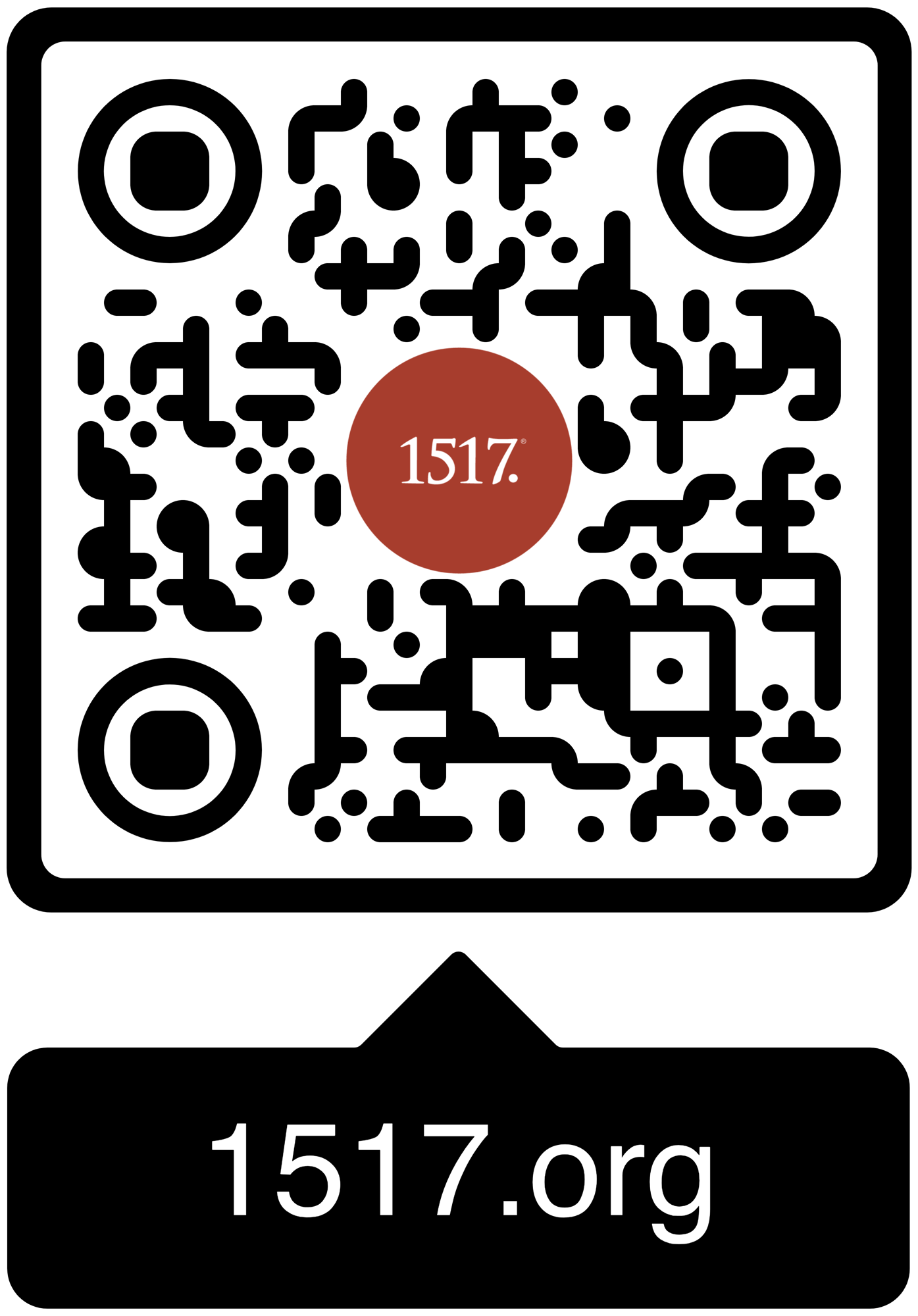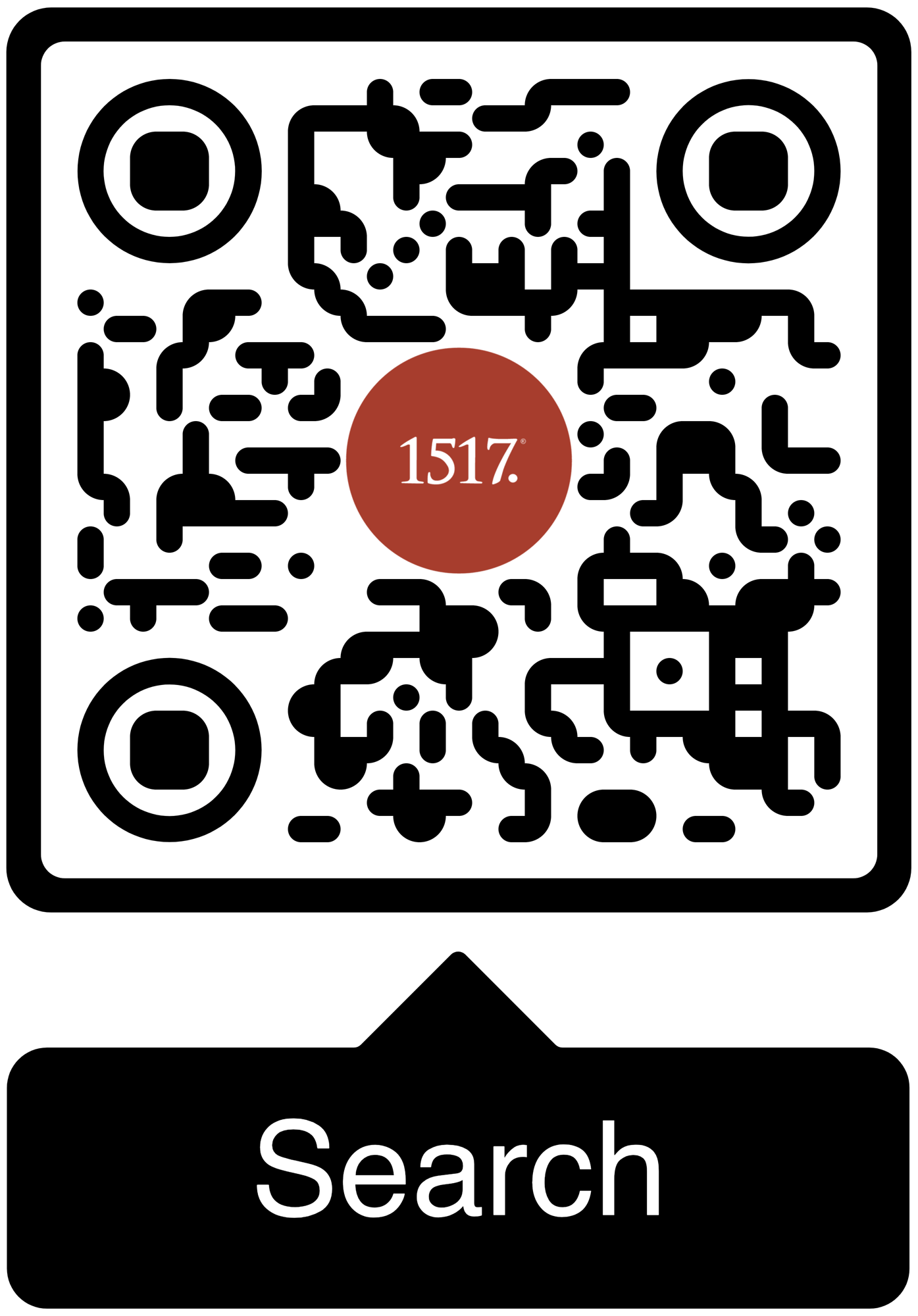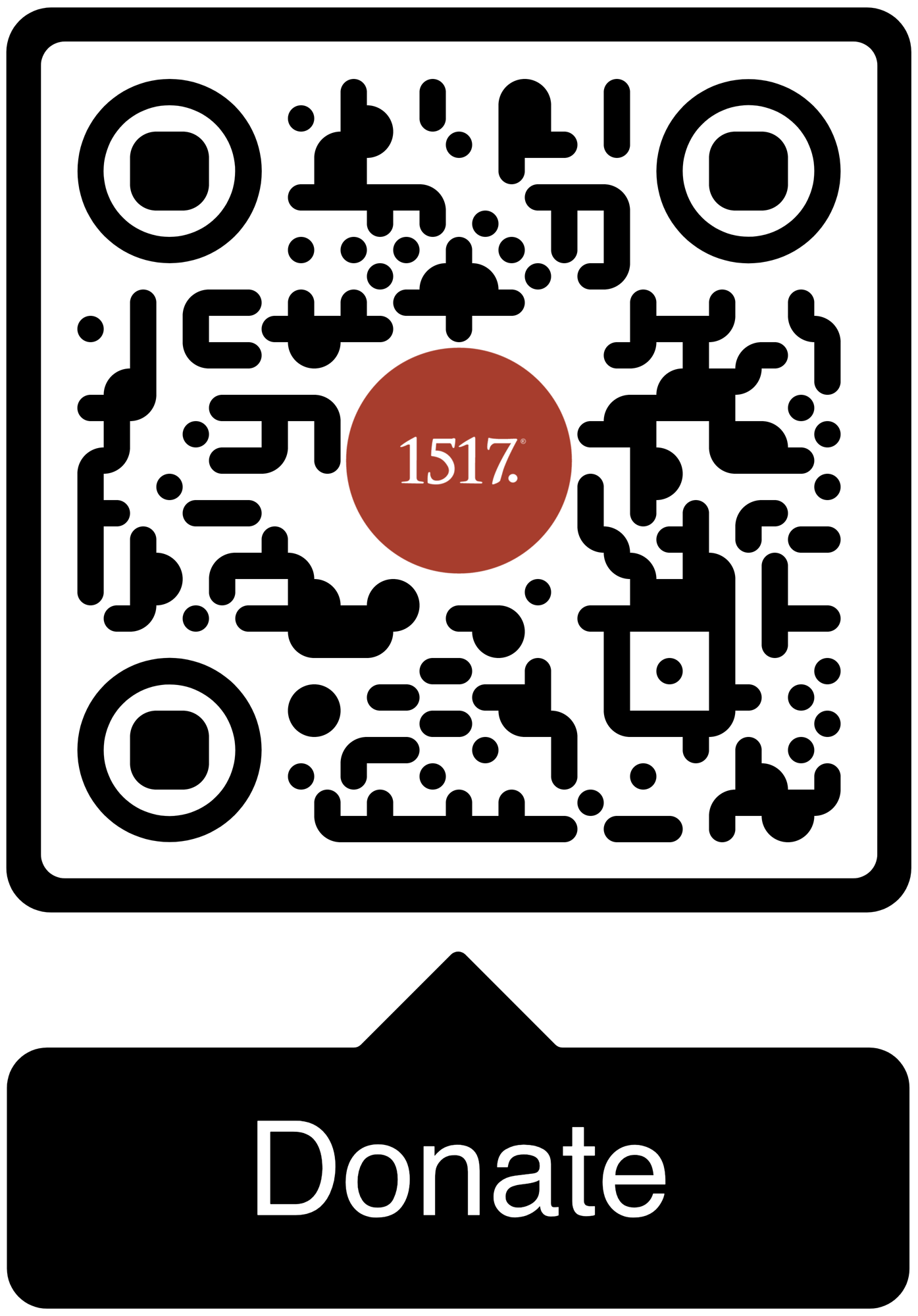It’s easy to understand the allure of the shroud. In a skeptical age, a physical relic that appears to bear the imprint of the risen Christ seems like proof positive of the faith.
Few Christian relics have stirred as much interest as the Shroud of Turin. Whole conferences have been dedicated to it for over two decades. This summer, in fact, the Augustine Institute in St. Louis, Missouri, will host a five-day conference and symposium covering the gamut of shroud research. It’s not just scientists, historians, and people of faith who are interested in it. Even UFC commentator and podcaster Joe Rogan—along with his long-time friend and fellow comedian Eddie Bravo—has expressed fascination with the possibility (perhaps even the probability) that it might be authentic.
What exactly is the Shroud of Turin? It’s a 14-foot-long linen cloth (kept in the Cathedral of Saint John the Baptist in Turin, Italy) bearing the faint image of a man who appears to have suffered wounds consistent with crucifixion. There are scourge marks on the back, blood around the head, pierced wrists and feet, and a post-mortem wound in his side. Tradition holds that this is the burial shroud that Joseph of Arimathea used to wrap Jesus’ body before laying Him in the tomb (Matt. 27:59). For this reason, if there were ever a relic for a Protestant to at least investigate, this would be the one.
This is not to say that the shroud is without controversy. There’s quite a bit, beginning with a 14th-century pope’s claim that it was not authentic, to the modern controversy over its origins sparked in 1988 when radiocarbon dating—conducted by three independent labs—suggested the cloth dated to the 13th or 14th century. Critics of those tests quickly pointed out potential flaws due to contamination from centuries of handling, repairs, and smoke damage from fires.
Some researchers now claim newer studies suggest the cloth is much older, possibly dating to the first century. Everything from the pollen found in its fibers to comparisons with other ancient textiles point to its antiquity. The most prominent of these counterclaims derive from analysis of the image found on the cloth. The image appears as a photographic negative—meaning its light and dark areas are reversed from what we normally see. Strikingly, it only becomes fully visible and detailed when viewed through photographic reversal, a process unknown until the 19th century. This begs the question: how could a medieval forger have created an image with properties that wouldn’t be appreciated until the invention of photography hundreds of years later?
It’s easy to understand the allure of the shroud. In a skeptical age, a physical relic that appears to bear the imprint of the risen Christ seems like proof positive of the faith. The problem is that it could also be a clever forgery. Pope Clement VII certainly thought it was. Additionally—and more importantly—there’s better evidence based on stronger foundations.
It begins with the testimony of the earliest Christians. Matthew and John were, by the earliest historical accounts, eyewitnesses to Jesus’ life, death, and resurrection. Mark and Luke consulted with and recorded the testimony of the eyewitnesses. And Paul quoted what amounts to the earliest public confession of the first Christians in 1 Corinthians 15:3–8—that Jesus died, was buried, and rose again on the third day, appearing to Peter, the Twelve, and more than 500 others.
If the historical evidence—whether it’s the shroud or, more preferably, the Gospels—is the catalyst for such a journey, then God be praised.
All four Gospels affirm the tomb was empty on that first Easter morning. Even hostile witnesses in the first century never claimed Jesus’ body was still in the grave. Instead, they accused the disciples of stealing it—a tacit admission that the tomb was, in fact, empty. This best explains the transformed lives of the apostles. They went from being fearful and defeated to bold proclaimers of the risen Christ. Most of them went on to suffer persecution and martyrdom, proclaiming a message they would not have died for if they knew it was a lie.
The resurrection also explains the rise (and persistence) of the early church. In the very city where Jesus was crucified, a movement emerged proclaiming his resurrection—and it grew rapidly, despite opposition from both Jewish and Roman authorities. They had the means, motive, and opportunity to disprove it. All they needed to do was produce Jesus’ body.
These (and other) lines of evidence are well-established and broadly accepted by historians of antiquity. They demonstrate that the resurrection of Jesus is not a cleverly devised myth. Nor is it some ancient legend. It happened in real time and space. So why don’t people—including historians—believe it? It has nothing to do with the abundance of evidence. There’s plenty of positive evidence for it, and no historical evidence to the contrary. It has more to do with the will—a will bent in on itself is resistant to anything divine.
This does not mean we ought to shrink from furnishing evidence to those who ask for it. The Scriptures exhort us to do just that (1 Peter 3:15). But at the end of the day, faith doesn’t come by examining historical documents—much less cloth fibers under a microscope. That might be the beginning of a journey that ends in faith. And if the historical evidence—whether it’s the shroud or, more preferably, the Gospels—is the catalyst for such a journey, then God be praised. After all, it is God, whose Son offered “many proofs” (Acts 1:3) that he had truly risen from the dead, who calls all men and women to believe in the Lord Jesus Christ and keeps us in the one true faith. We may not have linen proof of the resurrection, but we have something better: the sure Word of God and the resurrected and living Christ who reigns today. He is risen indeed—and that’s not a hope wrapped in cloth, but a promise sealed in blood and vindicated by the empty tomb.





